Waters Staff
Waters Staff is comprised of contributors with a variety of expertise across our organization.

Waters Staff is comprised of contributors with a variety of expertise across our organization.
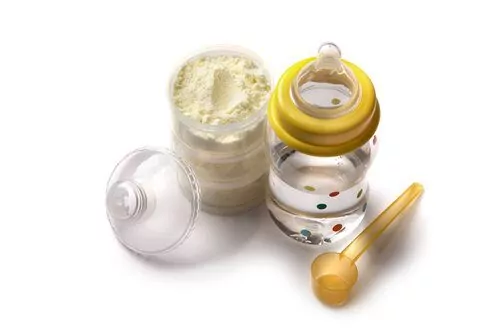
Melamine and cyanuric acid (CA) are low mass, nitrogen-rich compounds that have been linked to protein adulteration in various foodstuffs in the past.1 While melamine and cyanuric acid are not individually toxic, in combination they can sometimes form an adduct compound through hydrogen bonding, melamine cyanurate, that produce sharp crystals which can cause internal organ failure…

For more than five decades, attempts have been made to improve liquid chromatography separations performance by reducing the particle size of the stationary phase. However, the benefits of doing so can only be realized if the LC instrument provides an appropriate amount of extra-column dispersion (band spreading) in relation to the volume of the column…
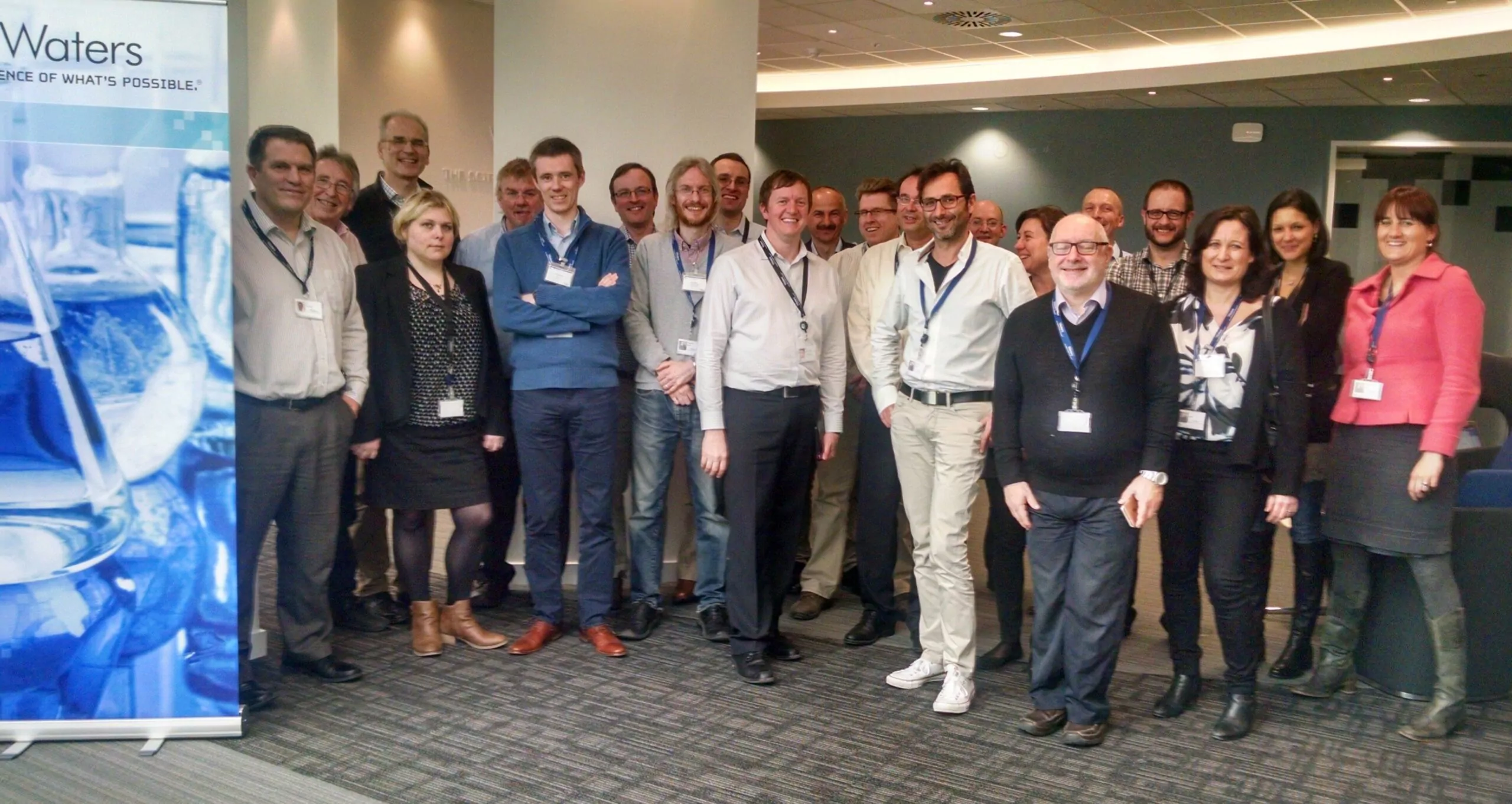
Sitting in the Waters’ John Dalton Suite in Wilmslow, England two weeks ago felt somewhat duplicitous. Here we were, in the part of the world considered the birthplace of Mass Spectrometry (MS), about to embark on a two-day workshop with 20 key collaborators and thought leaders to discuss Ion Mobility Spectroscopy (IMS), its use in contemporary structural…

Characterization of packaging in various industries has become more important due to ever-increasing global regulations. The first regulations for plastics used in food packaging and contact materials were established in 1982 in Europe1, which have been expanded in recent years.2 In the pharmaceutical field the need for extractables testing was recognized in the 1990s.3 Manufacturers…
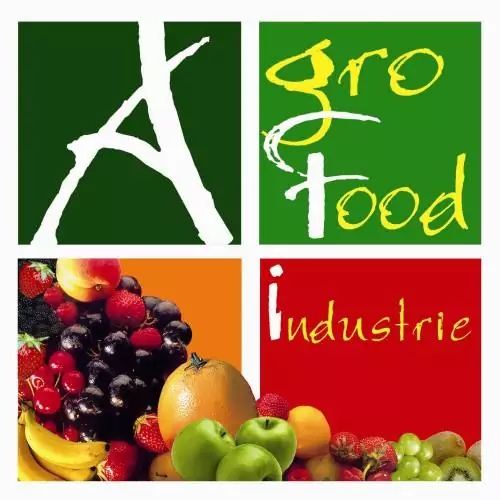
by Joe Romano Joe Romano is Senior Manager of Waters’ Food and Environmental Business and a member of the AgroFood Industry Hi Tech Scientific Advisory Board In his recently published article in AGRO Food Industry Hi Tech, author Joe Romano says that in order to ensure long-term success in a highly competitive global market, food, beverage,…

How quickly can you go from glycosylated protein to glycan fragment confirmation? Now, analyzing released N-glycans takes about as much time as it does for Tom Brady and the New England Patriots to erase a 10-point deficit and win a football game. An exaggeration? Perhaps, but with the help of the new Waters GlycoWorks…
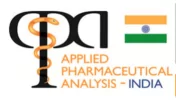
Increasing Size, Complexity and Potency: The Bioanalytical Challenge of the Next Decade, was the theme for the 3-day APA India held in Mumbai, India from February 23-25, 2015. Close to 300 attendees gathered to discuss current trends and to offer strategies for overcoming these challenges moving forward. The second session of the morning was Bioanalysis:…

In August 2014, the United States Pharmacopeia and the National Formulary (USP-NF) put into effect new guidelines to “allowable adjustments” in its Chapter <621> (USP37-NF32 S1). And as of August 1, 2016 when USP 39 NF 34 S1 goes into effect, for <621> nothing significant has changed since. The USP doesn’t publicize changes to their…
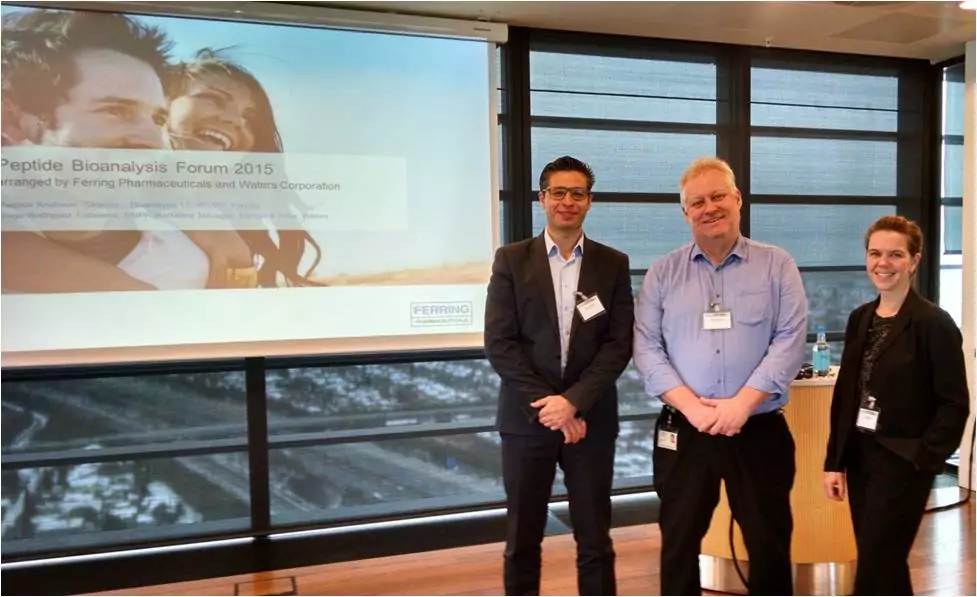
Close to sixty scientists from across Western Europe gathered for the Peptide Bioanalysis Forum held on-site at Ferring Pharmaceuticals A/S in Copenhagen on February 3-4, 2015. A collaborative effort between Ferring Pharmaceuticals and Waters Corporation, the proceedings kicked off with introductions by the organizers, Dr. Magnus Knutsson, Director of LC-MS/MS Bioanalysis at Ferring, and Dr….
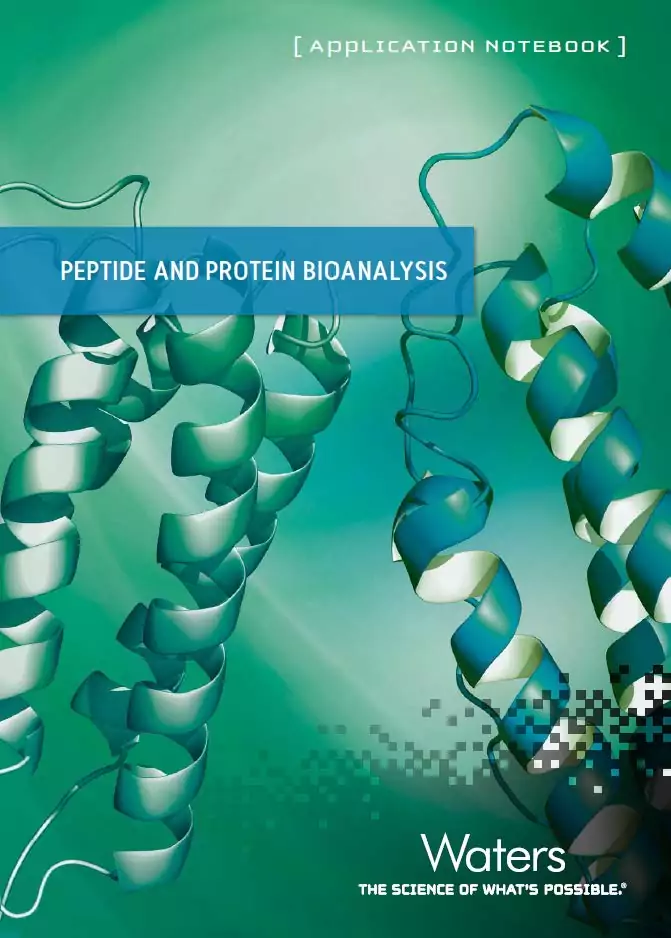
Peptides and proteins are not small molecules. Why treat them the same? Analyzing large molecules may be one of the greatest challenges that the bioanalyst faces at the beginning of the 21st century. Employing LC-MS for the bioanalysis of large molecules requires the extraction of the target analyte from a matrix of biochemically similar peptides and proteins. However, we have…

Bio-Botanica is a leading manufacturer of 500+ quality botanical extracts for the cosmetic, personal care, pharmaceutical, and nutraceutical industries. With a continuing focus on innovation, Bio-Botanica has pioneered numerous advancements in the botanical field over its 40+ year history. Working in close collaboration with R&D, manufacturing, and QC, Bio-Botanica’s Department of Pharmacognosy is a critical contributor…

The safe use of crop protection products is of paramount importance to the agricultural chemicals manufacturing industry. Extensive studies and trials are carried out in support of product registration. These studies ensure that any risks associated with using the product are characterized and properly understood so that it can be safely applied to the field….